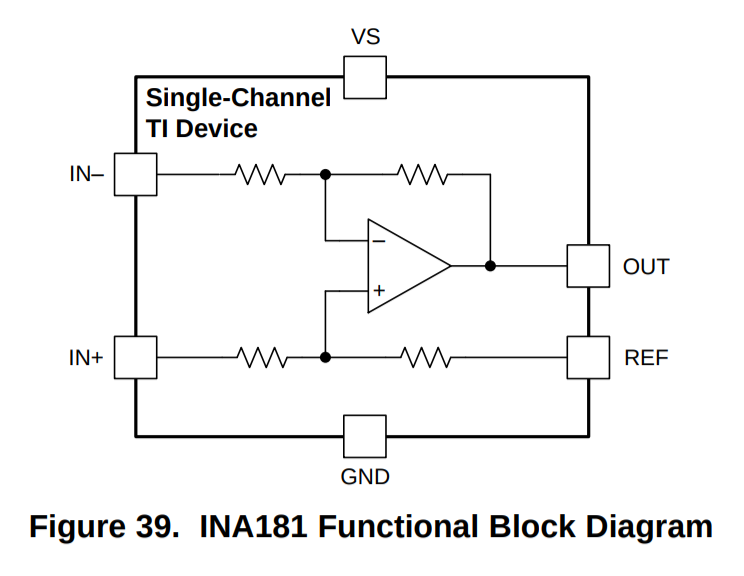Other Parts Discussed in Thread: TLV9001, LMV321A, TLV431A
I'm looking at INA181 for a low cost device. There is no specification of what the VREF pin impedance is or max expected current in/out of this pin. All design examples use an opamp or shunt reg to drive this pin, but I would like to avoid the cost of opamp, and shunt reg uses too much current. Can a simple R divider be used here? If so, I need to understand the characteristics of the VREG pin and error consequences of using a divider.
Regards,
- Peter Schmuckal


